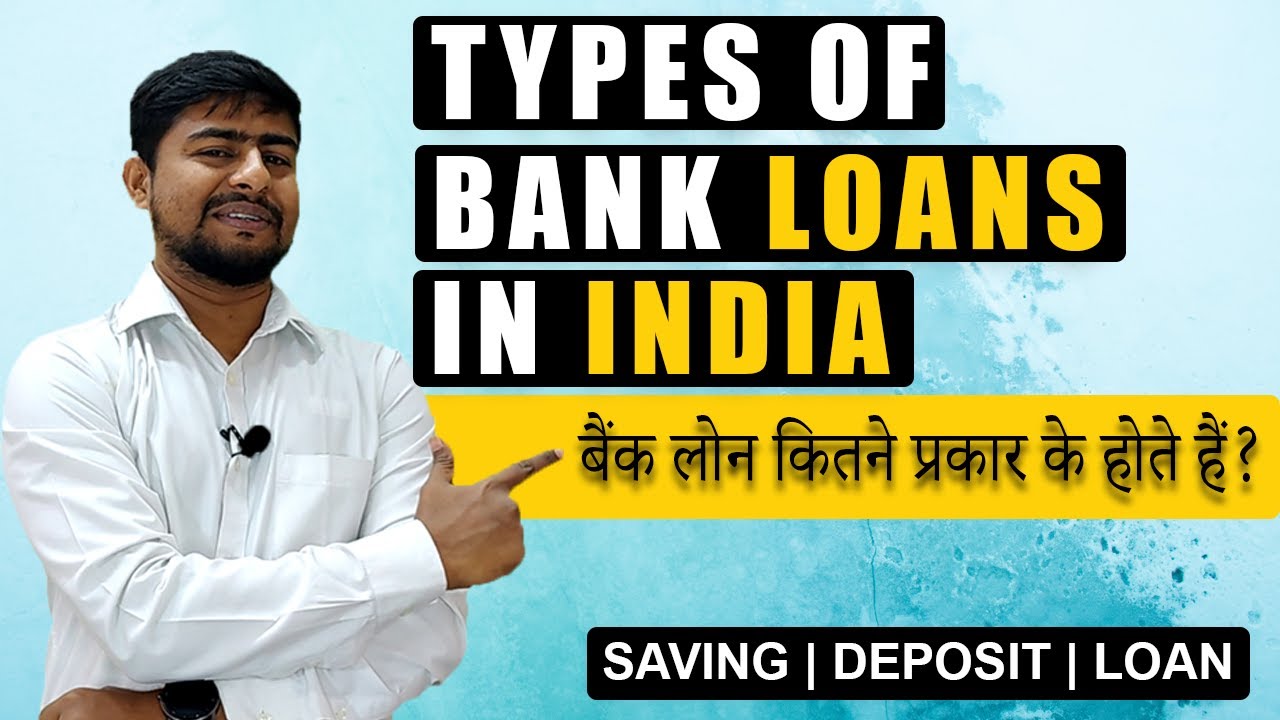A loan is a sum of money that is borrowed and expected to be repaid with interest over a specified period of time. It is a type of financial instrument used by individuals or organizations to obtain funds for various purposes, such as starting a business, purchasing real estate, or financing an education.
This are some types of Loans :
Personal Loan
Home Loan
Education Loan
Car Loan
Business Loan
Agricultural Loan
Gold Loan
Two-Wheeler Loan.
How to get loan in easy process :
To take a loan, you typically need to follow these steps:
- Determine your loan requirement: Establish the amount you need to borrow and the purpose of the loan.
- Choose a lender: Look for financial institutions, banks or NBFCs that offer loans for your purpose.
- Compare loan options: Research and compare interest rates, repayment terms, and eligibility criteria of various lenders to find the best loan for you.
- Apply for the loan: Submit a loan application along with required documents to the lender.
- Verification process: The lender will verify your personal, financial, and employment details to determine your loan eligibility.
- Loan approval: If approved, the lender will offer loan terms and conditions and disburse the loan amount.
- Repayment: The loan must be repaid as per the agreed-upon repayment schedule, including interest and any fees.
The minimum criteria for loan approval typically includes the following :
Eligibility: The borrower must meet the lender’s eligibility criteria, such as age, income, employment, and residency.
Credit score: A good credit score is an important factor in loan approval. It demonstrates the borrower’s creditworthiness and ability to repay the loan.
Income: Lenders usually consider the borrower’s income to determine loan repayment ability. A steady source of income and a good debt-to-income ratio are important factors.
Collateral: Some loans require collateral, such as a property or vehicle, to secure the loan.
Employment: Lenders may require proof of stable employment, such as pay stubs or an employment letter, to assess the borrower’s financial stability.
Financial history: The lender will check the borrower’s financial history, including previous loan payments, credit card balances, and other debt obligations.
Meeting these criteria does not guarantee loan approval, as each lender may have different standards and requirements. The lender will assess the overall financial profile of the borrower to make a loan decision.
Interest rates for loans can vary greatly depending on the type of loan, the lender, the borrower’s credit score, and other factors. Here are some average interest rates for common loans:
- Personal loan: 10-24%
- Home loan: 6-11%
- Education loan: 9-14%
- Car loan: 8-14%
- Business loan: 12-36%
- Agricultural loan: 7-9%
- Gold loan: 12-26%
- Two-Wheeler loan: 12-24%
It’s important to note that these are only rough estimates and actual interest rates can vary significantly based on individual circumstances. It’s best to research and compare rates from different lenders to find the best loan option for you.
Here is a list of some of the best loan providers in India:
State Bank of India (SBI)
HDFC Bank
ICICI Bank
Axis Bank
Kotak Mahindra Bank
Bajaj Finserv
Fullerton India
Tata Capital
Aditya Birla Capital
Manappuram Finance
These are some of the largest and most popular loan providers in India, but there are many others that may also offer competitive rates and terms. It’s always a good idea to compare and research various loan providers before making a decision.
How to find genuine loan provider :
Here are some steps to help you find a genuine loan provider:
Research and compare: Look for multiple loan providers and compare their interest rates, repayment terms, and eligibility criteria to find the best loan for you.
Check for licensure: Ensure that the loan provider is licensed and registered with the Reserve Bank of India (RBI) or other relevant authorities.
Read reviews: Look for online reviews from past borrowers to see their experiences with the loan provider.
Verify the loan provider’s credentials: Check the loan provider’s website and look for information on their history, track record, and mission.
Ask for references: Ask the loan provider for references or contact details of previous customers.
Be wary of upfront fees: Avoid loan providers that ask for upfront fees or deposit before disbursing the loan.
Protect your personal information: Be cautious of loan providers that ask for personal information or sensitive financial details before you have applied for a loan.
By following these steps, you can increase your chances of finding a genuine loan provider who can provide a loan that is right for you.
What is the hidden charges of taking loan :
Hidden charges of taking a loan may include the following:
- Processing fee: A fee charged by the lender to process the loan application and disburse the loan.
- Prepayment penalty: A fee charged by the lender if you choose to repay the loan before the end of the loan term.
- Late payment fee: A fee charged by the lender if you miss a loan repayment.
- Foreclosure charges: A fee charged by the lender if you choose to close the loan before the end of the loan term.
- Insurance premium: Some lenders may require the borrower to take out insurance on the loan, which can add to the loan cost.
- Document charges: A fee charged by the lender for preparation and submission of loan documents.
- Interest on late payment: Interest may be charged on the overdue loan amount.
- Service tax: Service tax or GST may be applicable on the loan amount and charges.
It’s important to ask your lender about all the charges associated with the loan and carefully review the loan terms and conditions before signing the loan agreement. Hidden charges can add significantly to the cost of a loan, so it’s essential to be aware of them before you borrow.

